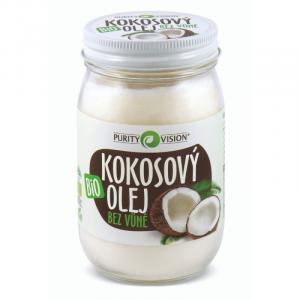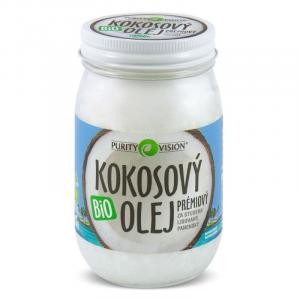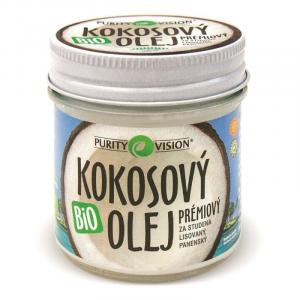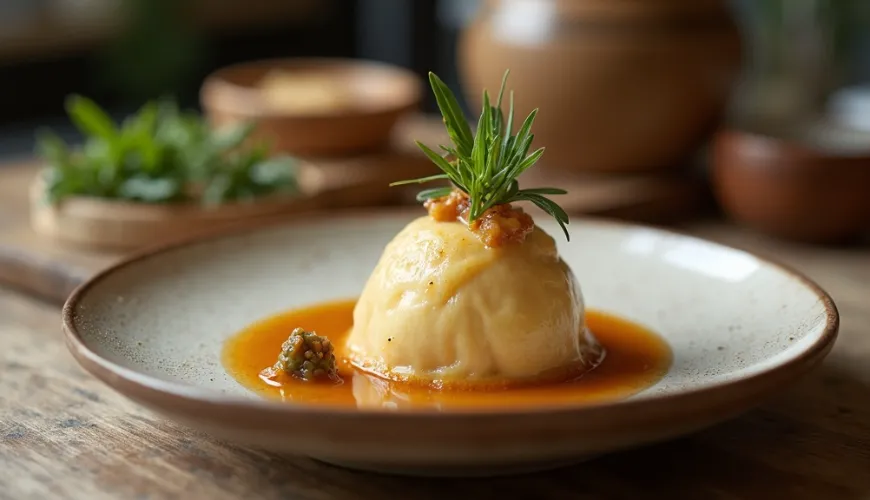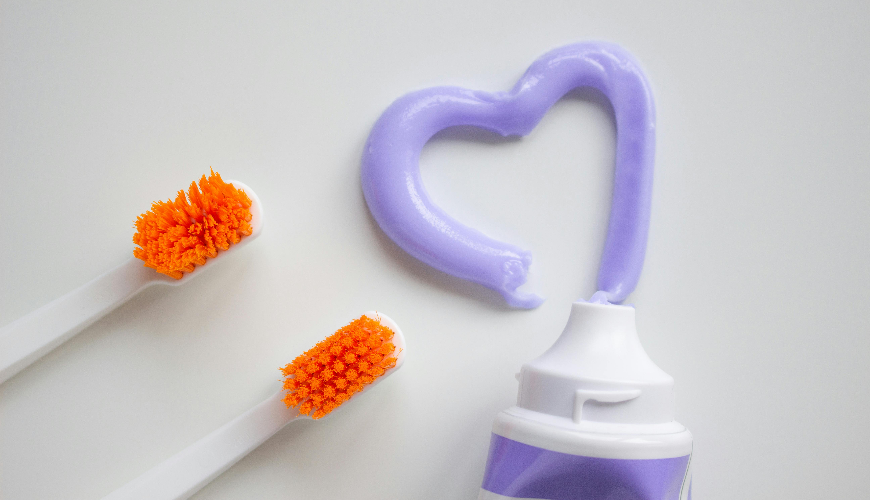
How an Anti-Fungal Diet Can Change Your Life for the Better
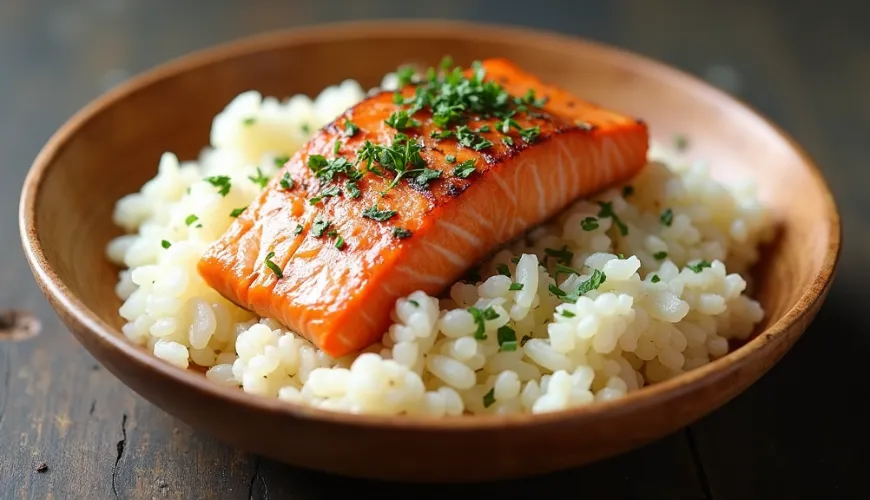
Antifungal Diet - When Food Heals More Than Just Hunger
In today's world, filled with industrially processed foods, excessive stress, and weakened immunity, it's no wonder we increasingly face problems with deeper causes than just a cold or fatigue. One of the less visible but more serious issues is the overgrowth of yeast and fungi in the body, particularly of the Candida species. This condition, known as candidiasis, can cause a wide range of problems—from digestive issues and fatigue to skin rashes and frequent infections. The answer to these health complications can be the so-called antifungal diet.
What is the Antifungal Diet and Why Try It
This form of eating aims to limit or completely eliminate foods that promote the growth of yeast and fungi in the body. The main culprits include simple sugars, refined carbohydrates, alcohol, and some fermented products. On the contrary, foods low in sugar, high in fiber, nutrients, and anti-inflammatory substances are encouraged.
The diet is most often recommended for people suffering from chronic yeast infections (such as recurrent vaginal yeast infections), skin fungi, severe fatigue, bloated stomach, or digestive issues without a clear cause. Many people who have adopted these restrictions report positive changes within a few days, especially feeling lighter, more energetic, and improving digestion.
One common experience with the antifungal diet comes from a young woman who, after years of fatigue, nonspecific pain, and recurring gynecological issues, tried this diet as a last resort. After three weeks of dietary adjustments and the removal of sugars, bread, and dairy products, her condition significantly improved. Although the first days were challenging due to the so-called detox reaction (when the body gets rid of toxins, causing temporary worsening of symptoms), the result was worth it.
What to Eat and What to Avoid
If you're trying to rid your body of fungi or at least tame them a bit, start with the basics—what's on your plate. The foundation of the antifungal diet is fresh, unprocessed foods that not only don't feed yeast but also provide the body with the strength to fight them. The body needs a solid dose of nutrients to support it, and this is precisely what a well-composed diet can provide. For example, vegetables—dark green leafy, broccoli, zucchini, cauliflower—are all excellent choices that provide fiber and essential vitamins.
Then there are eggs, which are a great source of protein, contain no sugar, and can keep you full for a long time, which is exactly what we need in the fight against fungi. Similarly, quality meat (ideally home-raised or organic) and fish like sardines, salmon, or mackerel, which also bring omega-3 fatty acids. Nuts and seeds can also be included in the diet, just don't overdo it and avoid peanuts—they are often contaminated with fungi, which is exactly what we want to avoid. Fermented foods like sauerkraut can also be useful because they contain probiotics that nicely support the gut microbiome.
And when you add spices and herbs with natural antifungal effects—like garlic, ginger, turmeric, or oregano—and start cooking with coconut oil, which contains substances capable of directly destroying yeast, you have the makings of a diet that can do a lot of good not just against fungi but for your overall health.
Preferably avoid things that can unnecessarily worsen your condition—like sugar in all its forms (yes, even honey or sweet fruits like bananas and grapes), white flour and regular bakery products, alcohol, which as a fermented product encourages Candida overgrowth, dairy products containing lactose, and also mushrooms, which have similar substances to fungi and burden the body even more.
For many, it may be surprising that eggs are on the list of allowed foods. In the antifungal diet, they represent a great source of clean protein without carbohydrates. Besides, they are very nutritionally rich and do not contain any substances that would promote the growth of unwanted microflora. For this reason, many antifungal recipes include, for example, scrambled eggs, hard-boiled eggs, or vegetable omelets.
Recipes Suitable for the Antifungal Diet
Although it might seem at first glance that the antifungal diet means giving up flavors, the reality is different. All it takes is a little creativity, fresh ingredients, and the right combination of herbs and spices. Here are a few simple ideas:
Vegetable Omelet with Garlic and Spinach
Ingredients:
- 2 eggs
- a handful of fresh spinach
- 1 clove of garlic
- salt, pepper, turmeric
- a tablespoon of coconut oil
Try our natural products
Heat coconut oil in a pan, add chopped garlic and briefly sauté. Add spinach and let it wilt. Meanwhile, beat the eggs in a bowl with a pinch of salt, pepper, and turmeric. Pour into the pan and cook slowly until the eggs set. Serve with a leafy salad.
Cauliflower Rice with Salmon
Coarsely grate the cauliflower, sauté it in coconut oil with garlic and a bit of ginger. Serve with baked salmon fillet on herbs. Simple, nutritious, and strongly antifungal.
Sugar-Free Coconut Chia Pudding
Mix coconut milk with chia seeds and a few drops of stevia extract. Leave in the fridge overnight. In the morning, add a few blueberries or raspberries (small amounts of permitted fruit) and you have a breakfast that is sweet without sugar and suitable even for the antifungal diet.
Personal Experiences and Tips from Practice
Many people who have tried the diet agree that the key to success is preparation and planning. When you have a supply of suitable foods at home and know what to cook, there is much less chance of reaching for inappropriate food. Some experiences also suggest that it's better not to start the diet suddenly but gradually limit "forbidden" foods so the body has time to adapt.
An interesting aspect of the diet is the first few days, when the so-called die-off effect can occur—a temporary worsening of the condition. As fungi in the body begin to break down, they release toxins, causing fatigue, headaches, or a worsened mood. However, this state is temporary and often indicates that the diet is working. It is important during this phase to drink a lot, ideally warm water or herbal teas, and support detoxification with options like a sauna or light exercise.
One quote that aptly captures the principle of the antifungal diet comes from American doctor Dr. Axe:
"It's not about starving the yeast, it's about nourishing the body enough so it can handle them on its own."
This is the main message of the entire diet—it's not just about banning sugar, but about returning to natural and wholesome eating. At a time when it's easy to reach for instant or pre-packaged food, the antifungal diet is not only a path to health but also a path back to oneself and one's body.
Whether you decide to try the diet for a specific health reason or just as a preventive measure, it always applies that changing eating habits is an investment that pays off. And with a little patience and creativity, it can also be very tasty.
